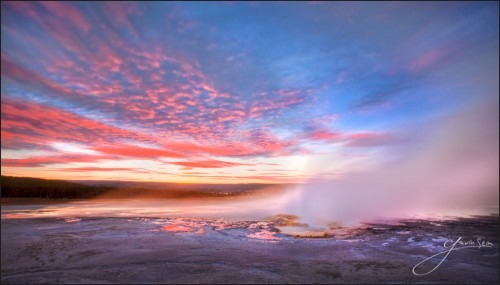by Gavin Seim:
Ready in 60 Seconds: After you choose the subject but before before you release the shutter, try taking a full minute to think about your scene and how you’re about to capture it. Really. Don’t just look at it. SEE IT. Sometimes we feel pressured to click. But even with a portrait, learn to take a little time and you’re images WILL improve. With some scenes you can even spend longer. Check out the 111 Project.

Cut The Trash: I know, you’ve already taken 60 seconds, you have a plan. But look again. Maybe even take a test frame. Controlling tone, removing clutter and distracting elements is one of the most neglected elements in art making. If something is not adding to the image, it should not be in the frame. Either you move, move it, or it will move the quality of your final image down to LOW.






